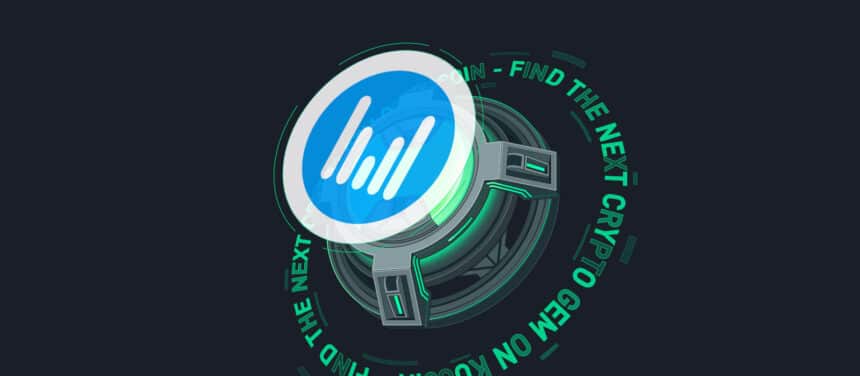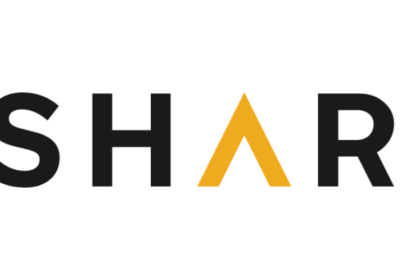DePin Helium Mobile has released its first progress update since unveiling its product roadmap in June. The decentralized mobile and wireless network, known for its innovative approach to infrastructure, shared notable advancements that underscore its rapid development. With expanded coverage, increased compatibility with third-party hardware, and new pilot programs, Helium Mobile continues to solidify its position in the market. According to news report, decentralized physical infrastructure networks (DePin) represented the fourth-most profitable sector for investors in the first half of 2024.
DePin Helium Mobile: Expanded Coverage and Compatibility
Recent reports reveal one of the key highlights of the DePin Helium Mobile update is the expanded coverage across various regions. This growth is a testament to the network’s commitment to providing robust and reliable services. The network has also reportedly increased its compatibility with third-party hardware manufacturers, enabling a broader range of devices to connect seamlessly.
Helium’s licensing program has played a significant role in this expansion. Available data suggests that It offers hardware developers a pathway to create and launch network-compatible devices such as routers, hotspots, and wireless relays. RAKwireless is allegedly the first hardware manufacturer to take advantage of this program with its MNTD.FI Pro mobile hotspot, which is currently available only in the United States.

In a statement, Helium Mobile said, “Our licensing program is designed to foster innovation and collaboration, allowing hardware developers to contribute to our decentralized network’s growth and success.” This initiative has enhanced coverage and ensured that the network remains flexible and adaptable to future technological advancements.
Pilot Programs and Network Interoperability
News sources reveal that DePin Helium Mobile has also launched pilot programs with other telecommunication carriers to explore network interoperability. These programs are essential for integrating Helium’s decentralized infrastructure with traditional wireless networks, thereby expanding its reach and utility.
At the beginning of 2024, Helium Mobile partnered with Telefónica, reportedly to expand wireless coverage in Mexico. This collaboration allegedly allowed Telefónica subscribers in Mexico City and Oaxaca to connect to nearby Helium Mobile hotspots, offloading traffic from Telefónica’s network and improving connectivity in remote areas. “Our partnership with Helium Mobile is a strategic move to enhance coverage and service quality for our customers,” said a Telefónica spokesperson.
Crypto analysts highlight that these pilot programs and partnerships are crucial for demonstrating the practical applications and benefits of DePin networks. Helium Mobile is paving the way for a more integrated and efficient wireless communication ecosystem by facilitating interoperability.
How DePin Networks are Decentralizing Control and Promoting Competition
Decentralized physical infrastructure networks (DePin) have emerged as a disruptive force in traditional infrastructure sectors. In the first half of 2024, DePin networks were among the most profitable investments, returning an average of 58.74% to investors, according to news sources.
Available data summarises that DePin networks empower individuals and communities to manage physical infrastructure, such as internet services, energy, and telecommunications. By providing services and maintaining infrastructure, participants can earn returns, creating a decentralized and community-driven approach to utility management.

Advocates of DePin argue that these networks can disrupt the internet and Big Tech by decentralizing control and reducing regulatory capture. The success of DePin Helium Mobile is a prime example of how these networks can innovate and provide value to users while challenging traditional infrastructure models.
Recent crypto news reports, decentralized physical infrastructure networks are the fourth-most profitable sector for investors, underscoring their potential to transform various industries. The rapid growth and profitability of DePin networks indicate a shift towards more decentralized and community-centric approaches to infrastructure management.
DePin Helium Mobile Leads the Charge in Decentralized Infrastructure Innovation
The first progress update from DePin Helium Mobile highlights significant strides in coverage expansion, hardware compatibility, and network interoperability. These advancements reflect the network’s commitment to innovation and its potential to disrupt traditional infrastructure sectors. DePin Helium Mobile is poised to remain at the forefront, driving change and delivering value to its users and investors as decentralised physical infrastructure networks continue to grow and evolve.
Helium Mobile’s commitment to transparency, innovation, and strategic partnerships will likely keep it ahead of the curve, ensuring sustained growth and continued success in the ever-evolving landscape of decentralized infrastructure. Keep following The BIT Journal and get informed with latest crypto updates.




























